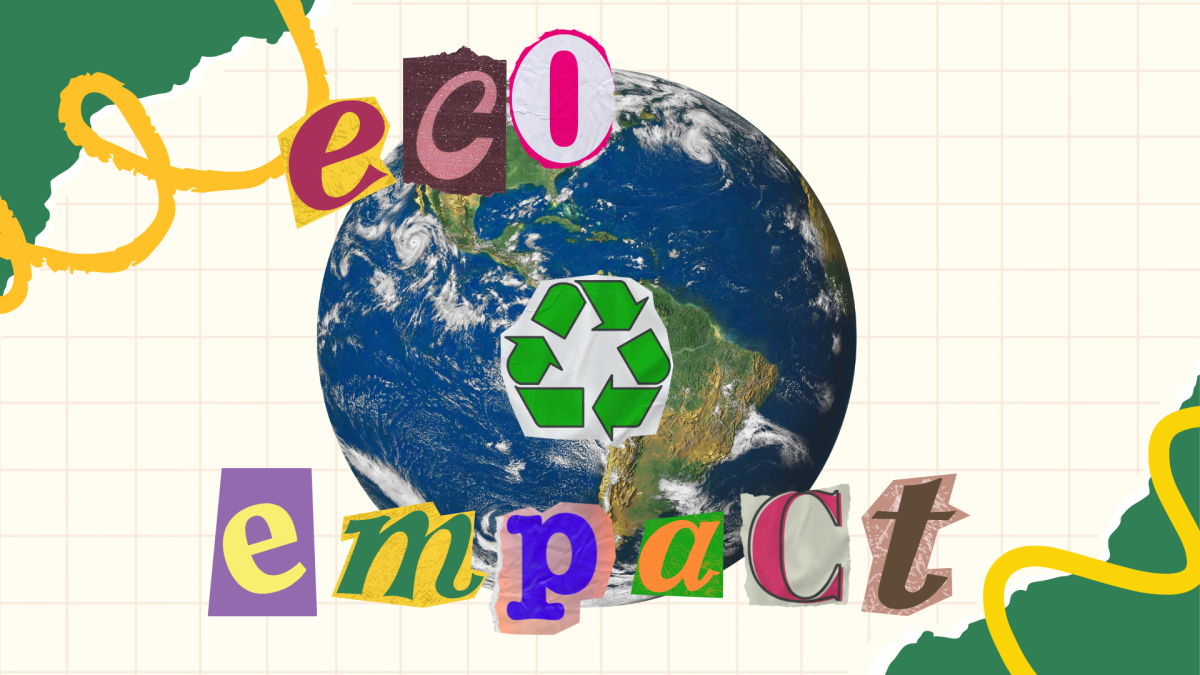Our planet is experiencing a climate shift. It is highlighted in media everywhere, though nothing seems to be aiding the dire situation. Due to the front loading in media, people feel pressured to participate. Most people believe that since the changes are irrevocable, they do not have the ability to help. However, 86% of 59,000 people (approximately 50,740 individuals) across 63 countries believed that action was necessary to avoid a global catastrophe and that humans were causing climate change.

humanity, 2023
What is global warming and climate change, and how are they different?
Climate change is a long-term shift in average weather patterns and global warming is an alteration in Earth’s average temperature. Essentially, global warming is a sector of the broad term climate change.
Global warming specifically refers to the rise in Earth’s average surface temperature. It is instigated by the usage of fossil fuels and corroborated by the processes of deforestation, farming, landfills. Additionally, population growth is accelerating the rate at which global warming is occurring.
Global warming occurs in the troposphere, where GHGs (greenhouse gases) are being abundantly replenished. The greenhouse gasses are carbon dioxide (CO₂), methane (CH₄), and water vapour (H₂O). As they are becoming copious, there is more heat trapped in the atmosphere. GHGs absorb infrared radiation to confine heat and warm up the Earth as infrared energy cannot pass through the GHGS, however, they allow visible light to pass through.
There are many detrimental problems arising due to the expansion of global warming’s effect and the list exponentially grows as the complication continues to remain. The ultimate solution to global warming is fixing the economy/market and the problem of overconsumerism. By changing the demand of products it will enable industries to consume less fossil fuels for energy and will lead to less waste. We could also take advantage of renewable energy sources such as wind and solar or hydroelectric. The long term solution would be to have more limestone available to store carbon dioxide and drain it from the atmosphere. This can be done through relaxing the pressure on foraminifera, an organism that makes limestone from shells and fossils.
However, the average person cannot do this and presumably wouldn’t be inclined to. There are eco-friendly projects you could do perhaps once every month or week. Upcycling is the practice of turning old clothes or textiles into renewed pieces of clothes or bags, curtains, etc. If you want to learn quick and easy ways to turn basic tees into cute shirts, look up 108 Ways to Transform a T-shirt by Megan Nicolay! Upcycling isn’t just restricted to clothes, you can also make planters from repurposing plastic water bottles or from egg cartons. Upcycling and reusing old clothes reduces the waste of textiles and demand for new resources.

Discarded clothes ends up in landfills, where it takes many years to decompose, contributing to pollution and greenhouse gas emissions. When clothes are decomposing, they release methane – a harmful substance that contributes to global warming. An estimation of 11.3 million tons of textile waste end up in U.S. landfills yearly. This infers that 37kg of textile waste is per an individual per year, internationally, 1.92 million tonnes of textiles waste is made every year. In percentage, 85% end up in the dumps. Textile waste contributes to global warming as fast fashion makes up 10% of greenhouse gas emissions. If the patterns consist, the fashion industry’s greenhouse gas emissions will increase by over 50% by 2030. There is a great movie called “The Isle of Dogs”, where it illustrates the landfill’s immorality through the perspective of dogs that live on one. Another example is the book Trash written by Andy Mulligan. It tells a story about three young boys who live in a massive landfill with many others, and finds themselves in an interesting yet difficult situation.
Another environmentally friendly project you could indulge in is to become vegetarian! Animal agriculture is accountable for around 14.5% of global greenhouse gas emissions. This percentage is higher compared to emissions by transportation. Having a vegetarian diet lowers emissions of greenhouse gases as the requirement for energy and resources for production is less for animal agriculture. Plant-based diets can also reduce the use of land, the land utilized by grazing animals and crops. The diet also requires less water, contributing to water resource conservation, as it’s used for livestock watering, feed production, and cleaning. You do not have to commit to being vegetarian, you can just eat more plant based meals and avoid meat on some days. For example, maybe have allocated days like “Veggie Friday” or commit one week a month to it. You can also just indulge in veggie patties or similar products instead of consuming actual hamburgers.
















